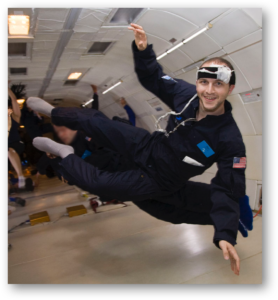Toward functional neuroimaging in the real world: Brain imaging has long been restricted to special centers and immobile subjects due to large, complex, and expensive neuroimaging equipment, such as MRI. Unfortunately, this removes the person from their natural environment and natural activities and usually limits investigations to brief tests (typically under two hours). Truly understanding human brain function will require more than brief brain imaging sessions in immobile subjects. It will require measuring brain responses “in situ”, with realistic environments and realistic response options: that is, without the stimulus, behavioral, and cost restrictions imposed by current brain imaging technologies. A low-cost, long-duration, mobile brain imaging technology would not only benefit neuroscience research, but also multiple clinical applications. In-hospital use includes long-duration intensive care brain monitoring following stroke or neurosurgery. Field applications range from longitudinal monitoring of depression to sidelines assessment of head injury to symptom capture (eg., syncope, seizures, sleep apnea). Our group has been developing mobile and long-duration brain imaging capabilities based on near-infrared spectroscopy (NIRS). NIRS can be high-speed, lightweight, and low-cost while providing multiple optical contrasts.

